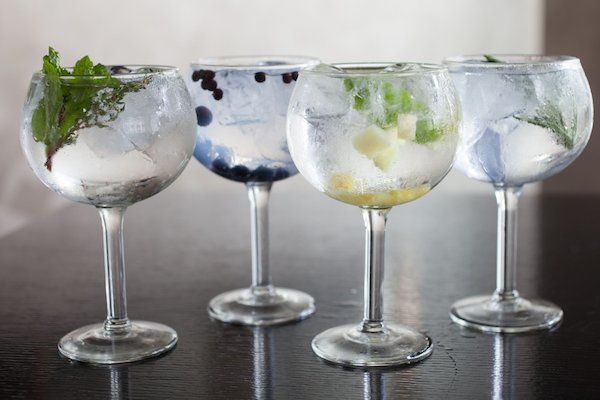Gin Tonic – Espanol Style
Following our “Discover Basque Spain” tour in October 2015, my new obsession has become Spain’s national drink – Gin Tonic. Forget the fine wines from La Rioja in the north, the famed finos of Spain’s southwest, or the easy drinking sangrias of the south, a visit to San Sebastian or even a quick Google search will reveal that Spain has an obsession for “Gin Tonic” and it has become Spain’s national drink. Who would have thought?
If you’d like to find out a little more about what I learnt about the fascinating history behind how cultures collided to create “gin” and “tonic” and Gin Tonic – Spain’s Obsession & National Drink, please follow the link to our recent Food & Travel Blog entry.
Here’s a recipe for how to create a Gin Tonic (Espanol Style), the Spanish version of gin & tonic which has swept across Spain and has even begun to be replicated in Australian bars.
How to mix the perfect Gin Tonic (Espanol-Style)
The Glass:
Use the largest balloon wine glass that you can find, to allow the flavours to be released adequately. Chill the glass in the freezer (optional) then fill it to the brim with good quality, extra large ice cubes*.
The Ice*:
Selecting or making the right ice cube is an important part to any cocktail, especially a Gin Tonic. In Spain, from corner bars to Michelin restaurants the ice cubes are extra large & dense so they melt slowly in your drink, ensuring that the flavours of your GT won’t get watered down. Avoid the “chippy” fuel station ice or small ice cube trays.
*While in Spain we bought “Gin Tonic” Spherical Ice Cube trays, which we have also found are stocked by David Jones for around $AUD10.95
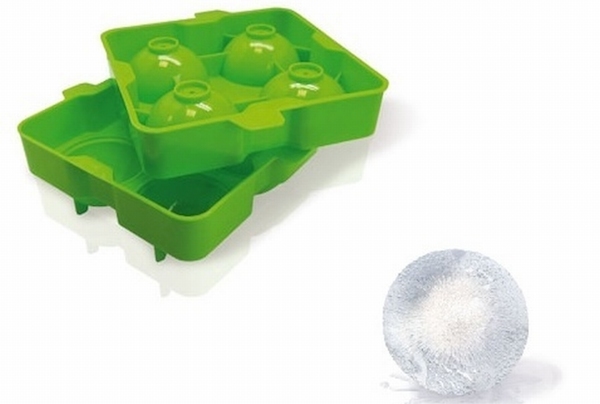
The Zest:
For the classic Gin Tonic, hold the citrus above the glass and cut a “bandaid” size piece of lime or lemon zest, ensuring that none of the bitter white pith is attached. With two small “claw” tongs, scrape the zest a number of times and then twist over the ice to extract the citrus oils, before placing it into the glass (alternatively, I use a citrus zester to zest strips into the glass). An Espanol Gin Tonic usually only ever uses the zest, never a slice or wedge of citrus.
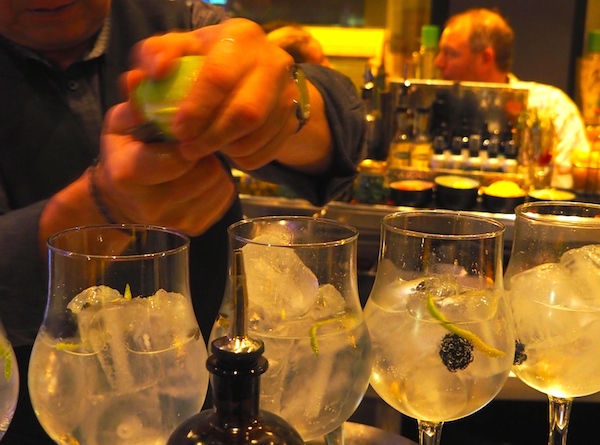
The Gin:
Select the gin of your choice, based on your favourite flavour profile. Each gin brand (Spain now has more than 30 of their own and 300 international brands to choose from) will have their own closely guarded secret of botanicals. Juniper is the main flavour, while other botanicals commonly used are coriander, angelica, citrus peel, cardomom, cinnamon, cubeb berries and nutmeg, and many more.
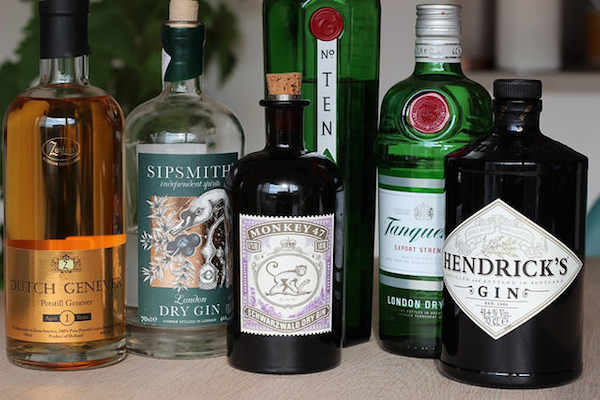
Some examples of the more common gin brand flavour profiles include:
- Hendrick’s smooth flavour is infused with cucumber and rose petals, hence why it is traditionally served with a slice of cucumber.
- Bombay Sapphire uses ten botanicals with notes of almond, lemon peel, liquorice, juniper berries, coriander, cassia, cubeb, and grains of paradise.
- Tanqueray’s four main botanicals are juniper, coriander seed, angelica root and liquorice root. It’s lack of citrus botanicals makes it drier than other gins, but this is made perfect with a big twist of citrus zest in the glass.
- Monkey 47 (which we were introduced to in Spain…thanks Elisa & Charles!) uses 47 different botanicals with spicy notes from six different peppers as well as floral notes from hibiscus and lavender.
- Gin Mare (Spain’s own largest selling gin) is super fragrant and distilled in a fishing village on the Costa Brava. It is made with Mediterranean flavours including thyme, rosemary and arbequina olives.
The Botanicals:
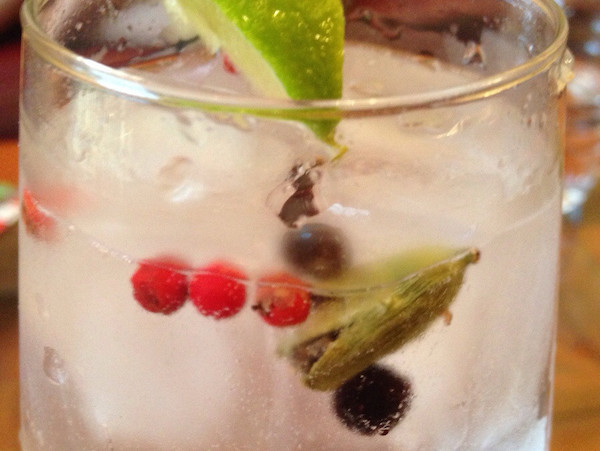
Add a pinch of a few classic gin botanicals of your choice to the glass, without overdoing it. These might include:
- Juniper Berries
- Pink or Red Peppercorns
- Cardamom Pods (lightly bruised)
- Coriander Seeds
- Dried Hibiscus Flower petals
The Tonic:
It’s called a Gin Tonic for a reason, it principally has only two ingredients. Don’t spoil your favourite premium flavoured gin with an inferior & sickly sweet tonic, many flavoured with artificial sweeteners. Spain has more than 30 types of tonic to choose from, including specialist producers such as Fever-Tree (available in Australia), Fentiman’s and Q . Made from real sugar and natural quinine bitterness, these premium tonics will provide the final magic step in making your GT a world of sweets, sours and bitters to be discovered in every step.
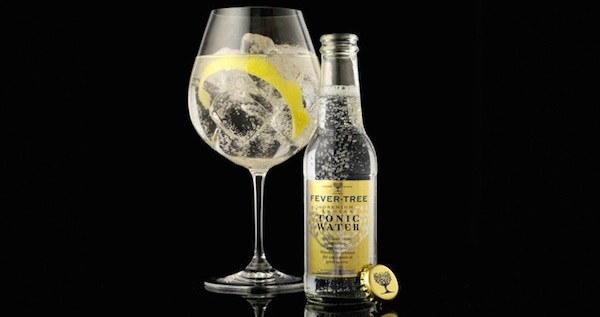
Creating an Espanol-style Gin Tonic:
-
Chill an extra large balloon wine glass in the freezer then fill it with extra large ice cubes.
-
Holding a washed lime above the glass, use a citrus zester to shave strips of zest into the glass, allowing the citrus oils to flavour the ice.
-
Add a small pinch of your choice of botanicals to the glass.
-
Carefully pour 50ml of your favourite gin down the edge of the glass.
-
Carefully pour 200ml of a good quality tonic down the edge of the glass.
-
Run a thin wedge of lime around the rim, discarding the wedge.
-
Gently stir with a spoon to combine. Sit back, sip, and enjoy!
Salud!

